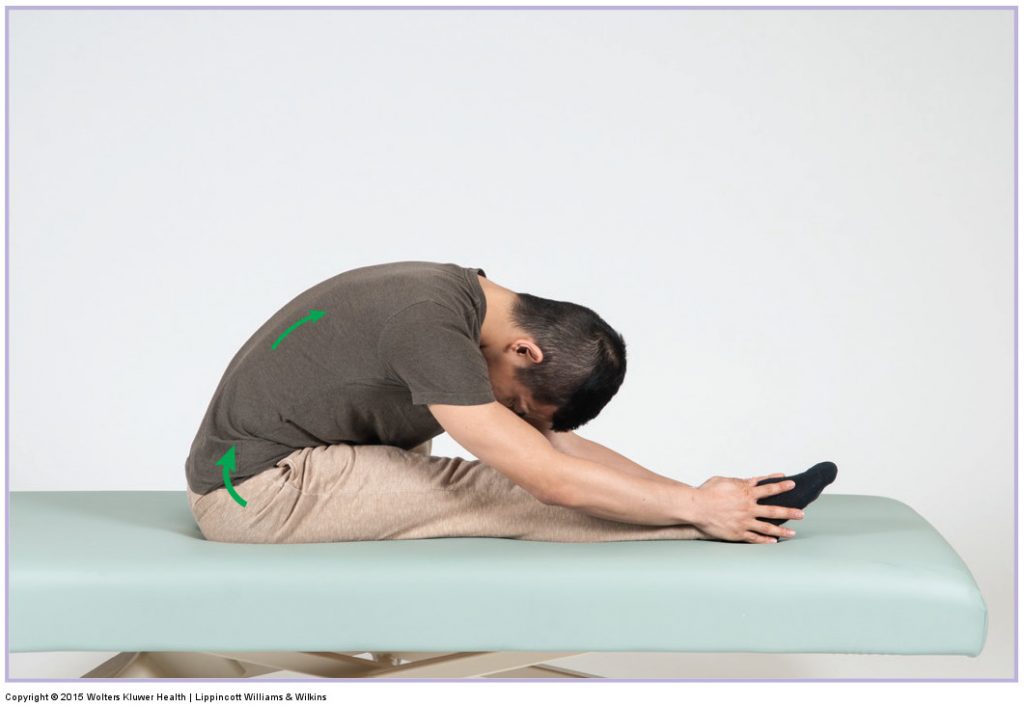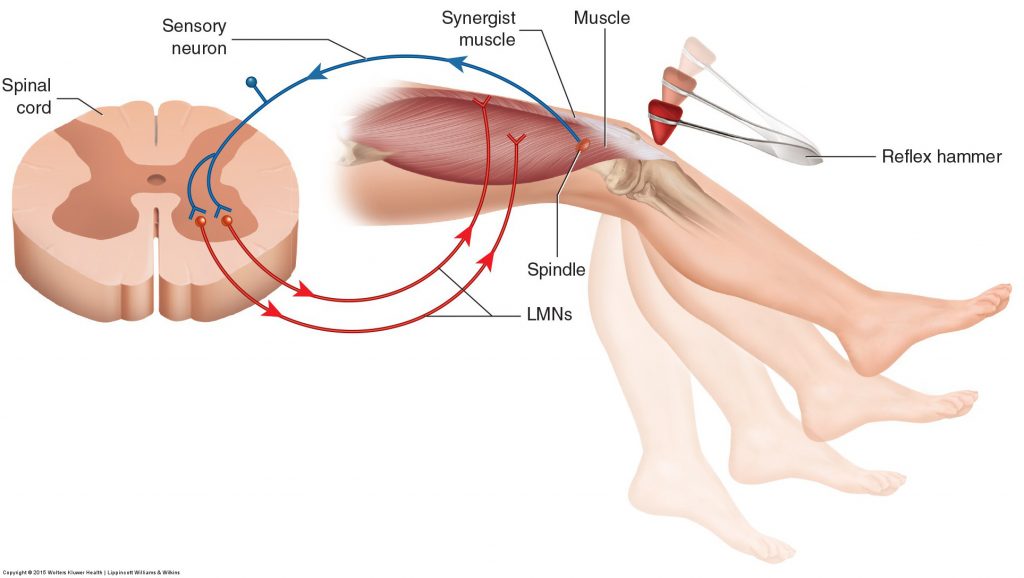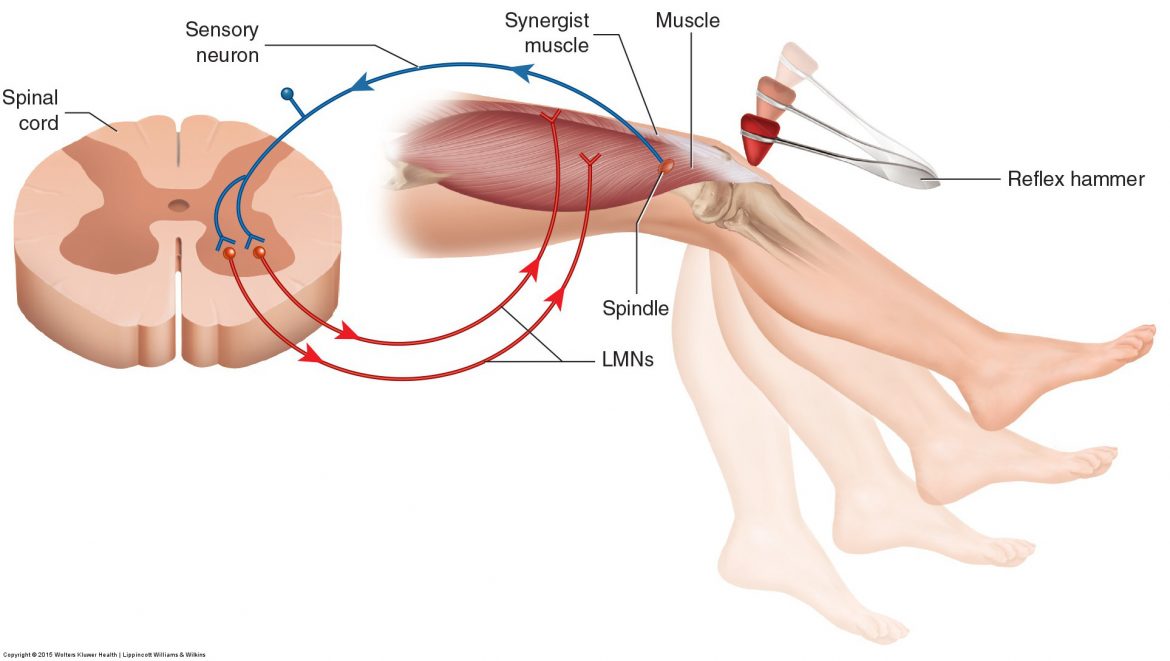Effects of Static Stretching

Static stretching of the low back. Permission Joseph E. Muscolino DC. Manual Therapy for the Low Back and Pelvis – A Clinical Orthopedic Approach (2015)
Static stretching has been commonly used as a pre-exercise routine. The main benefits include increase in range of motion (ROM) and decrease in injury incidence. However, a few studies have shown that acute static muscle stretching reduces maximal contractile force and power production, especially when stretching is prolonged (lasting longer than 60 seconds). A recent review by Trajano and colleagues from Australia suggests that the reduction in force might be due to mechanisms occurring within the nervous system, rather than the muscle. The authors hypothesised that the reduction in force by the muscle is due to a reduction in the motor command from the central nervous system to the muscle.
The review article published in Sport Medicine August 2017, evaluates existing literature, and some new evidence, regarding acute neurophysiological changes in response to passive muscle stretching.
Physical Mechanism Proposed for Decreased Muscle Strength After Static Stretching
An existing hypothesis offered to explain force loss is that static stretch could change the mechanical characteristics of the muscle-tendon unit itself, resulting in a decrease in its stiffness or shifting the muscle’s operating length to a less optimal point on its force–length relationship. For instance, an increase in tendon compliance after static muscle stretching might negatively affect force transmission and/or cause the muscle to operate at a shorter length, which could ultimately affect maximal force production. However, research has shown that acute static stretching has little or no effect on tendon stiffness and active (during maximal contraction) muscle length, especially when a warm-up is performed prior to the stretching (i.e. the muscle-tendon unit has been pre-conditioned).
Neural Mechanism Proposed
Thus the authors proposed a neural mechanism as follows.

Muscle spindle stretch reflex. Kinesiology – The Skeletal System and Muscle Function, 3ed. 2017 (Elsevier)
“Muscle spindles are structures in the muscle that sense stretch. For instance, when a calf muscle is quickly stretched these spindles detect the changes in muscle length and transmit signals to motoneurons in the spinal cord. The motoneurons then send signals back to the calf muscle, causing the muscle to contract. This is an example of a stretch reflex.”
“In addition, the stretch signals from the muscle spindles are an important part of an amplification system in the spinal cord. After receiving the stretch signals, this amplification system magnifies the output from the motoneurons. The increased output from the motoneurons then helps to ensure the muscle contracts.”
One of the author’s past studies discovered that this amplification system is negatively affected by five minutes of static stretching (which is rarely done in real conditions). The consequence of this prolonged stretching was a 60% reduction in stretch reflex immediately after stretching, and a 35% reduction in stretch reflex five minutes after stretching. Based on this observation and results from the literature, the authors suggest that mechanisms in the spinal cord are likely involved in the force loss caused by stretching.
Thus it is possible that the brain is involved in creating force loss after stretching. Sensory receptors that respond to muscle stretch are connected with both sensory and motor areas within the brain. While reductions in neural drive to the muscle have been extensively reported in the literature, it is currently unknown what areas of the brain might be involved in force loss after stretching.
Summary
In summary, this study proposes that static stretching causes a central nervous system neurophysiological response that results in diminished muscle strength.
(Note: This blog post article was created in collaboration with terrarosa.com.au.)
(Click here for a blog post article on Cardiovascular Responses to Skeletal Muscle Stretching.)


